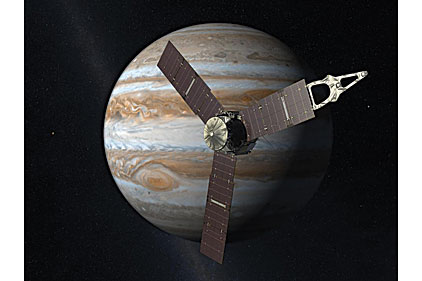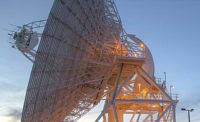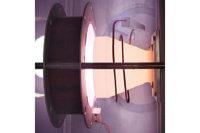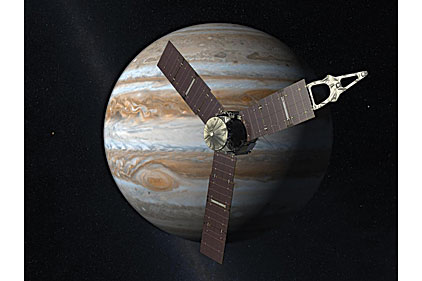
|
|
The solar-powered Juno spacecraft will travel more than 1.9 billion miles over the next four years to reach Jupiter in
2016. Graphic courtesy NASA
|
Upon reaching Jupiter, the spacecraft will orbit the planet’s poles 33 times. During this orbiting, eight instruments will probe beneath the planet’s obscuring cloud cover to learn more about Jupiter’s origins and structure.
According to NASA, the spacecraft will investigate the existence of an ice core and the origin of the Jovian magnetic field, determine the amount of global water and ammonia present in the atmosphere, and explore the polar magnetosphere. NASA scientists also hope to gain a better understanding of the origins of the Earth’s solar system.
Lockheed Martin Space Systems designed the spacecraft in conjunction with Newcomb Spring Corp. Lockheed, the primary spacecraft contractor, was responsible for designing, building and testing the craft. Newcomb designed and supplied 60 springs used in the spacecraft.
Robert Jacobson, president of Newcomb Spring, says the main design challenge was determining the tolerances of the springs, which have three main functions on the spacecraft. The most important function is opening the doors to the solar panels that provide power to the spacecraft. The springs also keep the craft doors latched and deploy the arms of the craft when it is in orbit.
“Solar power arrays are the only way to provide power to a spacecraft that will be in space for extended periods, as the Juno mission will be,” says Robert Herrmann, general manager of Newcomb Spring of Colorado. “Solar array deployment required successful function of the 60 springs. Without power from the solar panels, the spacecraft cannot perform any of its necessary tasks.”
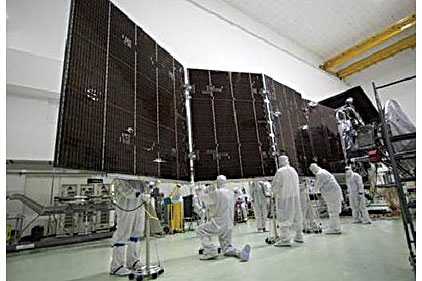
|
|
Some 60 springs produced by Newcomb Spring
Corp. were used to deploy the solar array of
the Juno spacecraft. Photo courtesy Newcomb
Spring Corp.
|
On Feb. 1, 2012, NASA successfully refined the flight path of the Juno spacecraft with the mission’s first trajectory correction maneuver. During this maneuver, the spacecraft’s thrusters fired for 25 minutes, consumed about 6.9 pounds of fuel and changed the spacecraft’s speed by 3.9 feet per second.
Nearly a dozen more planned rocket firings are required to keep Juno on course. The next maneuver is a deep space one scheduled for later this month. It will set the stage for Juno’s Earth flyby and gravity assist that will propel it to Jupiter.
Newcomb Spring supplies compression, extension, torsion and double-torsion springs to the aerospace, agricultural, automotive, computer, medical, military and telecommunications industries. Headquartered in Decatur, GA, the company also has manufacturing facilities in California, Connecticut, Colorado, North Carolina, Tennessee, Texas and Ontario, Canada.
For more information on springs for aerospace applications, call 770-981-1770 or visit www.newcombspring.com.
